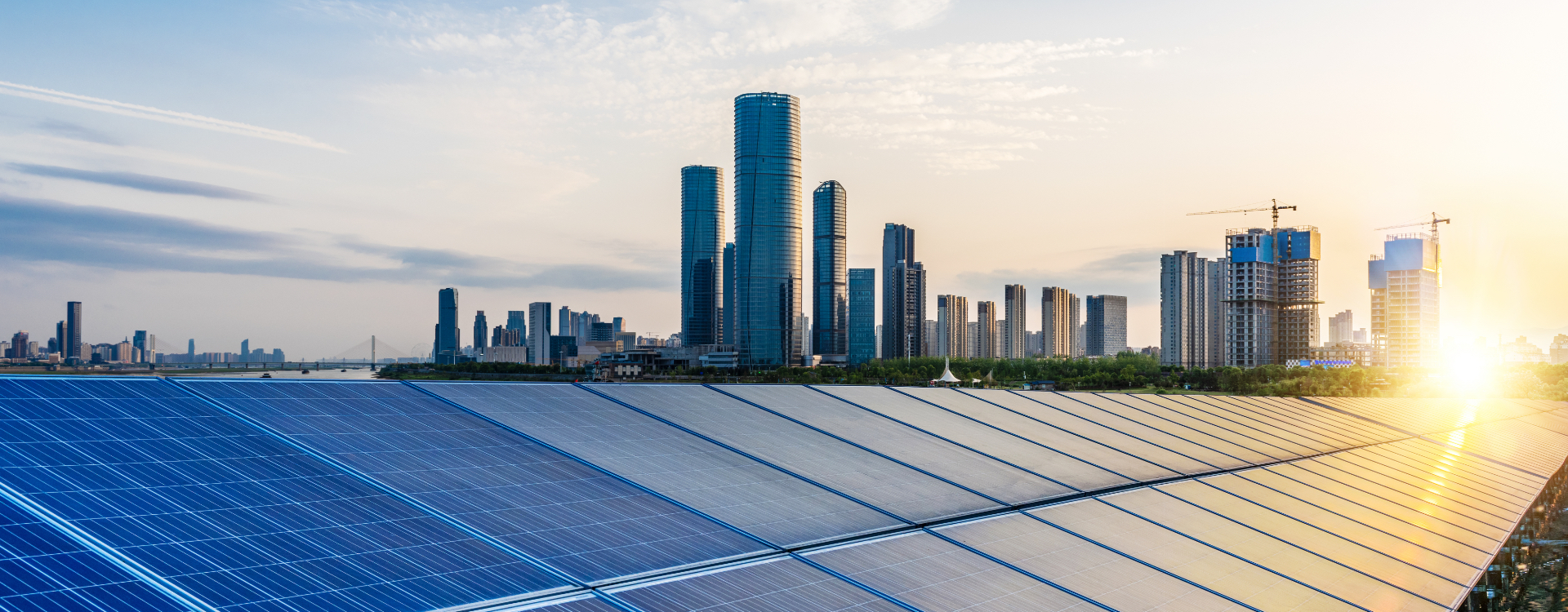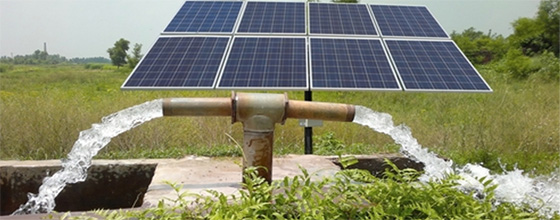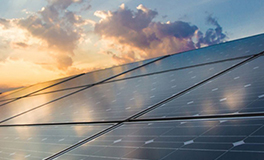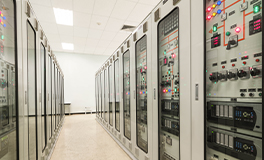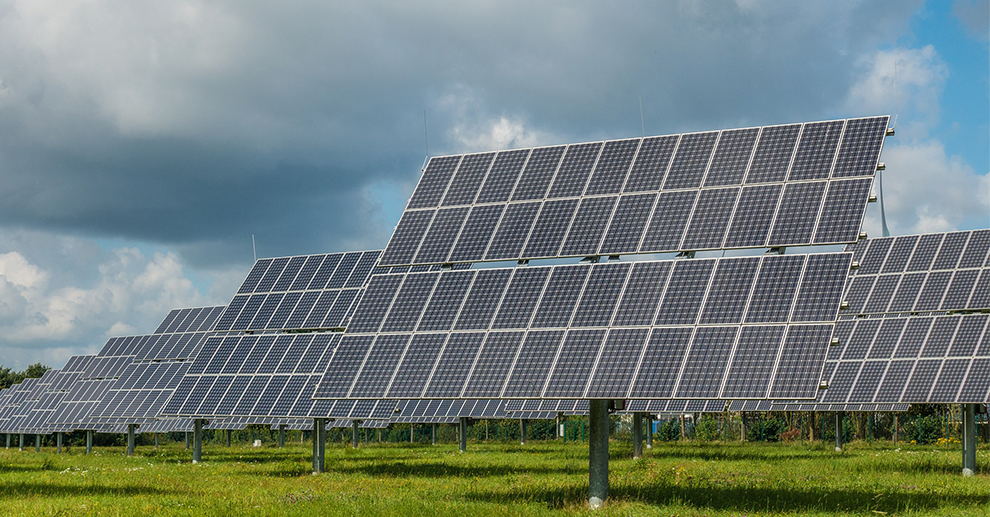In this world, where the cost of energy is increasing by the day, it is wise to switch to alternative energy sources that promise you huge savings and potentially make your life super easy. The one revolutionary technology that gives you incredible benefits and exceptional savings is solar technology. Whether it be huge savings or reducing carbon emission, solar has benefits that give you the most satisfying outcomes.
Now, you might ask us about the installation cost and overall solar system price for your residential premises. Here in this blog, we will share the complete beginners guide for buying the best solar panel for your residential, commercial and industrial.
What is Solar Energy?
The radiation from the sun is capable of inducing physical and chemical reactions in substances resulting in generation of heat and even electricity. This energy which is available by harnessing the radiation of the sun is known as solar energy. Solar energy is available almost round the year and has the potential of fulfilling our future energy needs. Other than the cost of inputs and installation charges, harnessing solar energy is a one-time investment. This investment reaps prudent monetary returns in the initial years covering the costs; beyond which the energy becomes practically free.
In a solar power system, the solar panel converts the sunlight into electricity. It is the cleanest form of energy as it doesn’t produce any greenhouse gas that creates pollution. Though the use of solar energy to produce electricity is relatively new, people are using solar energy to accomplish their needs, since thousands of years.
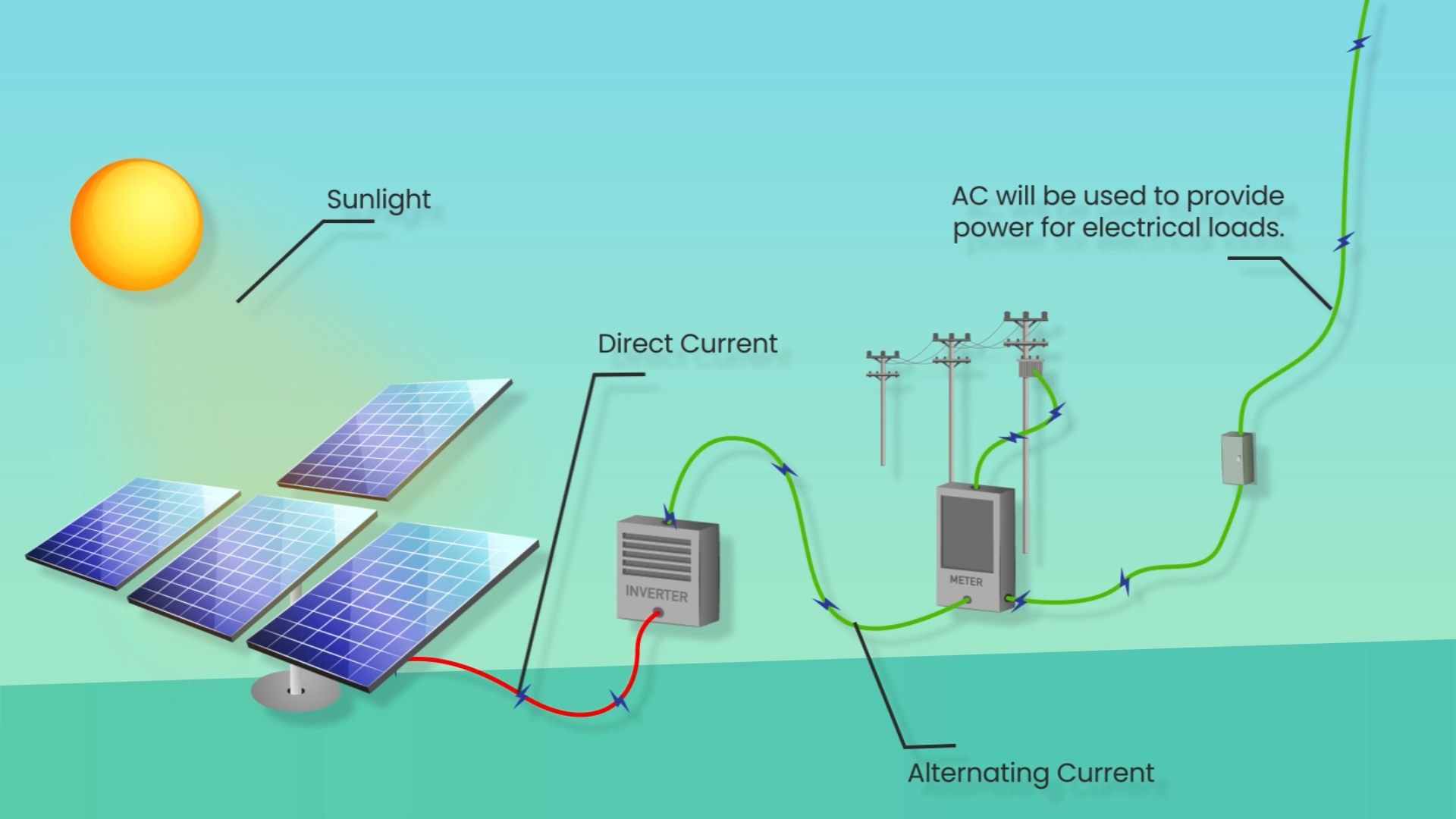
How Solar Energy Works?
Solar energy is an environment-friendly source of energy. When solar radiation is projected on certain semiconductors like silicon, it charges the electrons and knocks it outside the atom. This charge when collected by conductors can result in an electric current. This electric current is of DC nature, which is then converted to AC.
Advantages of Solar Energy:
The main benefit of solar energy is that it is free and available in abundance. From getting rid of your electricity bill to protecting the environment, solar energy has many advantages. Let us look at why you should install a solar energy system at your premises.
Here are some reasons why solar is better than other sources of energy:
● Renewable resource – solar energy is a clean source of energy. It is readily available as we get it from the sun’s energy with an abundant supply source.
● Remote Power – In remote places where the reach of electricity is difficult or probably impossible, solar is the best option. Solar technology has accelerated the process of bringing the remotest of the remote areas to the power map, especially with an array of off-grid solutions like solar pumping systems.
● Pollution-free – Solar power can be classified as a renewable, non-combustible source of energy. It doesn’t burn fossil, hence there is a net zero carbon emission. Carbon dioxide produced in combustion is one of the greenhouse gases responsible for global warming. Hence net zero emission practically means “pollution free”.
● Improve property value – Captive power generation is an enhancement to the asset value of any household, factory or property. It is an investment that reduces the utility cost over a foreseeable future. In a study by the Lawrence Berkeley National Laboratory, it was found out that the price of a house with an installed solar system is 3.74% more than the one without a solar system.
● Free electricity – With solar power, after the returns on the capital outlay is realized, you will have access to free electricity for over 20 years. Considering that energy is only going to get costlier with time, it is a considerable advantage to have access to almost free electricity, resulting in considerable financial savings in future. Solar energy requires less maintenance, which is an added advantage over the other renewable alternatives.
● Works on rainy and cloudy days – Solar panels work completely fine on rainy and cloudy days. On rainy and cloudy days, the sun will be partially blocked so that the efficiency will be slightly less but negligible. Solar will work because it requires sunlight, not the heat of the sun.
How Long Do Solar Panels Last?
Solar panels are expected to span over a lifetime of 25 to 30 years. It doesn’t mean that it won’t be of any use after its life span is over, but its efficiency will deplete faster with time.
How to Manage Your Solar Energy System?
Your solar energy system does not require maintenance and gives you high durability. Whether residential, commercial, or industrial premises, the whole solar energy system is one product. There are no moving parts, which provides you with zero maintenance cost and long-lasting performance.
But yes, you need to clean your solar panel by yourself to get the best quality performance. You need to clean your solar panels once or twice a year. Cleaning your solar panels in the proper interval will give you maximum efficiency.
Main Components of the Solar Energy System:
→ Solar panels
Solar panels are also known as Photovoltaic Array. It is the face of the solar energy system. It is the biggest expense in Photovoltaic systems. It is made up of solar cells, framing and glass. Solar panels work by collecting energy from the sun and generating DC energy, and then it delivers DC energy to the inverter.
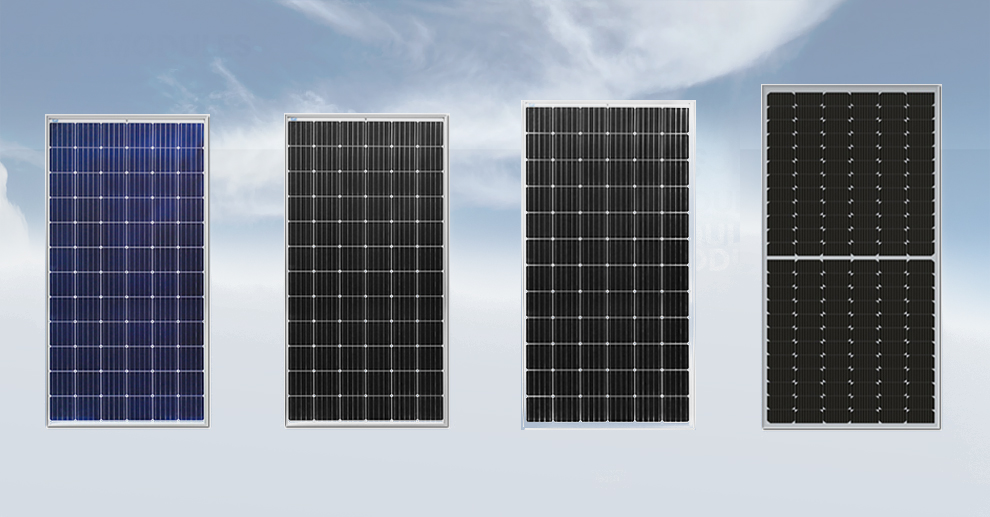
Types of Solar Panels
● Monocrystalline Solar Panels
They are the oldest type of solar panel. It is used when you are willing to gain maximum efficiency in a limited space. It is made up of pure silicon. It appears black when it comes in contact with sunlight.
● Polycrystalline Solar Panels
It is newer than the monocrystalline solar panel. It is reaching heights in popularity and is affordable. It is made by melting the silicon fragments. It is in the shape of a square with no gaps in between. When sunlight hits the polycrystalline solar panel, the reflection of it appears blue.
● Half Cut Solar Panel
As the name suggests, it is a standard silicon solar cell cut in half using a laser cutter. It offers more efficiency and is better performance-wise. It has less resistivity loss as it is cut into half, so the resistance loss is lesser than a traditional solar panel. Half-cut has a higher shade tolerance than a standard solar panel as in a standard solar panel. The wires are connected in series, so the whole panel won’t work if one cell is damaged. In half-cut, there is series wiring, but in half cut, there is double the number of cells, so the number of rows is also double, and if there is shade on one of the cells, there will be a fraction of loss from total power.
● Bifacial Solar Power
Bifacial Solar Panels can capture sunlight from both sides of it. It is completely transparent, and they are usually made up of glass. They work best when they are placed in a place where there is a reflective surface, like reflective ground. The best areas for bifacial panels are sandy and snowy regions. It has increased efficiency, and the cost gets lower over time. Also, it has a longer warranty than the others.
→ Inverter
The inverter is the most important part of the solar system. The inverter converts DC power received from your solar panels into AC power which is useful to run the appliances. Generally, for our home appliances, we require AC energy to operate.
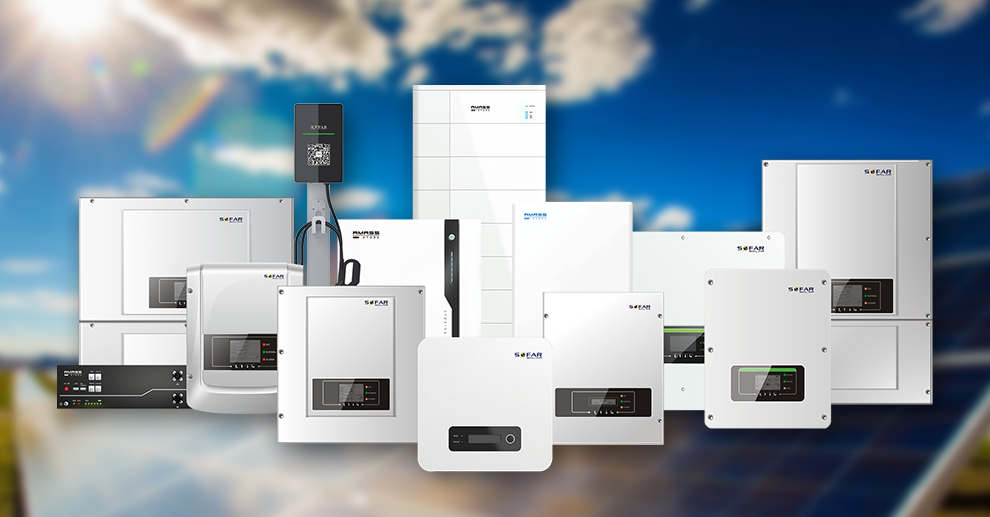
Inverters may be classified as string inverters and central inverters based on application. Where string inverters are used for smaller scale power projects, central inverters are preferred for utility grade projects. String inverters apply a more distributed plant architecture. Though capable of much less conversion as compared to central inverters, string inverters offer the advantage of cutting the scale of failure to small sections as opposed to an entire block in central inverters.
There is no perfect science to choose between string and central inverters. The selection is generally dependent on parameters like scale of project, cost and architecture.
→ Batteries
Batteries store the energy received from the sun in the daytime and can be used at night when the solar system is not generating power.
Batteries are used in off-grid and hybrid solar panels when there is no sunlight (night time).
Normally, it lasts up to 7 to 8 years, and if it’s a high-quality battery, it may last from 10 to 15 years. The extra energy gets stored in the battery.
→ Wiring
Wiring’s main work is to connect all the components of the solar panel system and should pass the energy from devices to other devices in the system. They are generally made up of aluminum or copper and are insulated on the outer cover. The DC energy and AC energy flow in it depending on the position or how they are connected.
Conclusion:
Clean energy, cost-effectiveness, and protecting the environment. Solar energy gives you some incredible benefits. The government also provides several subsidies to the one who installs solar panels at their premises.
We hope that the above-discussed solar guide will help you in understanding solar energy in detail. The initial cost might seem to be trouble for you, but the long-term benefits of getting rid of your electricity are all your pain and give you some prominent performance.
So, install solar at your premises today and contribute towards making this planet greener.
About LUBI Electronics
LUBI Electronics is a leading company in India, exhibiting expertise in the automation, solar, and control panel industry.
Our solar offerings include best-in-class solar modules, solar pumps, solar pump controllers and solar inverters.
For more information on our offerings, please reach out to us at lubi@lubielectronics.com.

